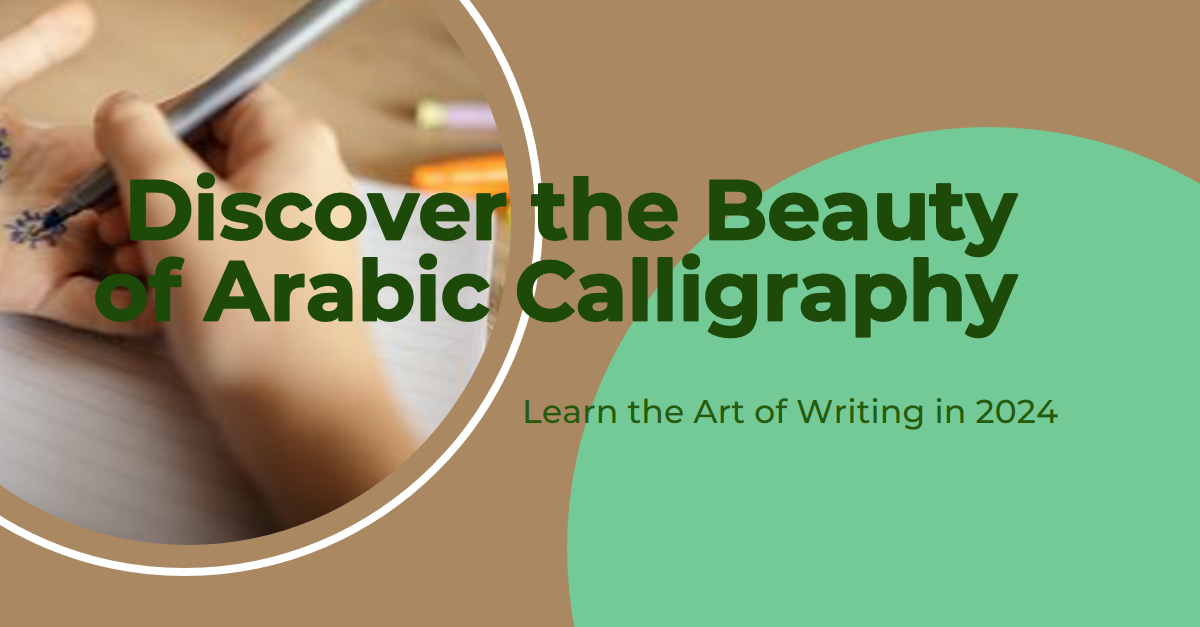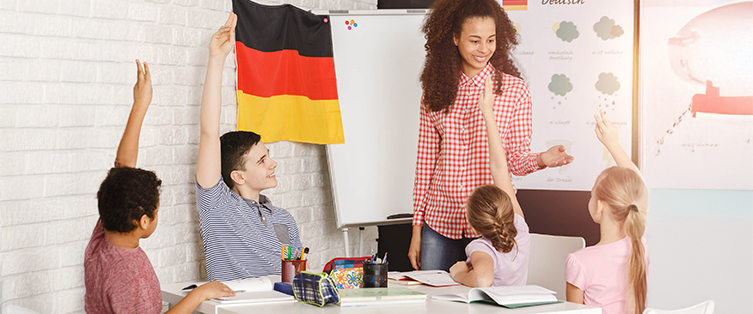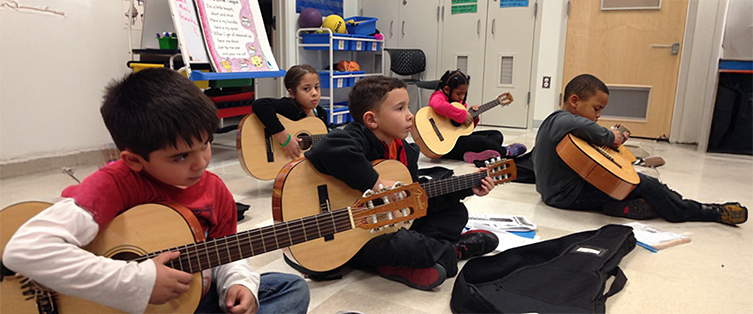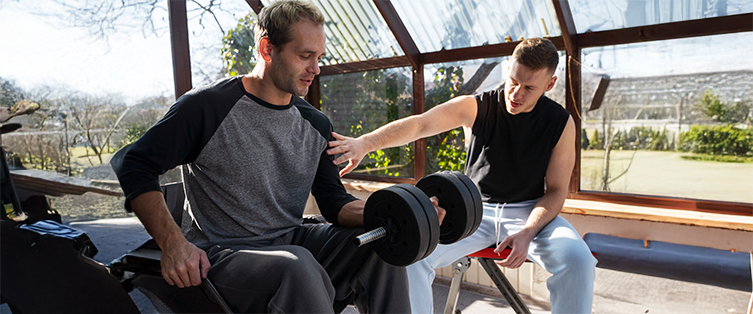Arabic calligraphy, a form of artistic handwriting, is much more than just a way of writing. It’s a blend of visual art and cultural expression that has been cherished for centuries. In 2024, learning Arabic calligraphy is not just about acquiring a new skill; it’s about immersing oneself in a rich tradition that transcends time and borders. This article, brought to you by Pursueit, delves into the fascinating world of Arabic calligraphy art, unravelling its numerous benefits and why it remains a valuable skill to learn in the modern era. From its artistic value to its impact on personal development, we explore the multifaceted advantages of embracing this ancient art form.
The Artistic Value of Arabic Calligraphy
At Pursueit, we delve into the artistic essence of Arabic calligraphy, exploring its elegance and cultural depth. Our courses illuminate how this art form transcends mere writing, embodying a rich heritage and offering a unique medium for creative expression.
See More: Starting your Arabic Language Learning!
Arabic Calligraphy as a Form of Art
Arabic calligraphy is not just writing; it’s an art form that demands precision, creativity, and an understanding of its deep-rooted history. At Pursueit, we recognize the artistic significance of this practice. Each stroke and curve in Arabic calligraphy writing tells a story, embodying elegance and emotion. Our courses are designed to help learners appreciate the intricacies of this art, guiding them through various styles and techniques that have evolved over centuries.
The Aesthetic Appeal of Arabic Calligraphy Writing
The aesthetic appeal of Arabic calligraphy art lies in its fluidity and harmony. Pursueit’s courses emphasize the visual beauty of this script, teaching students how to create compositions that are not only linguistically accurate but also visually stunning. Whether for personal satisfaction or professional pursuit, learning Arabic calligraphy writing opens up a world of artistic expression. It’s an opportunity to create works that are not only meaningful but also aesthetically pleasing, making it a sought-after skill in various artistic and cultural domains.
Cultural Significance of Arabic Calligraphy
Arabic calligraphy serves not only as a form of writing but also as a bridge to a rich cultural heritage.At Pursueit, we understand that learning Arabic calligraphy is more than mastering strokes and curves; it’s about connecting with a history that has shaped civilizations.
Connection to Arabic Heritage
Delving into Arabic calligraphy at Pursueit, students experience a profound connection to the Arabic heritage. This art form, deeply rooted in Islamic culture, is a testament to the region’s historical depth and artistic legacy.
- Symbolism: Each stroke in Arabic calligraphy carries historical and cultural significance.
- Cultural Immersion: Learning calligraphy is akin to a journey through centuries of Arabic history.
Arabic Calligraphy in Historical Context
Understanding calligraphy in the Arabic language also involves exploring its historical context. Pursueit’s courses offer insights into how this art form evolved alongside Islamic civilization, influencing and being influenced by societal changes.
- Evolution: From ancient scripts to contemporary styles.
- Historical Milestones: Key moments in the history of Arabic calligraphy.
Personal Development Through Arabic Calligraphy
At Pursueit, we believe that learning Arabic calligraphy is a journey of personal growth. It’s an art that cultivates more than just skill; it nurtures the mind and soul.
Enhancing Creativity and Focus
Arabic calligraphy writing is an exercise in creativity and concentration. Our courses are designed to unlock your creative potential while sharpening your focus.
- Creative Exploration: Discover your artistic style.
- Concentration: Develop a focused and disciplined approach to art.
Mindfulness and Relaxation Benefits
The practice of Arabic calligraphy is a meditative process. Pursueit’s classes emphasize this art’s mindfulness and relaxation aspects, offering a peaceful escape from the hustle of daily life.
- Stress Relief: Find tranquillity in each stroke.
- Mindful Practice: Engage in a form of active meditation.
Professional Opportunities in Arabic Calligraphy
Arabic calligraphy offers many professional opportunities, making it a lucrative skill to master. Pursueit, recognizing the growing demand for Arabic calligraphy art, provides specialized courses that open doors to various career paths.
Career Paths in Arabic Calligraphy Art
Arabic calligraphy is not just an art form; it’s a career gateway. Pursueit’s courses prepare students for roles such as:
- Calligraphy Artists: Creating artworks for exhibitions and private collections.
- Design Consultants: Integrating calligraphy in interior design projects.
- Typography Designers: Crafting unique fonts for digital and print media.
Each role leverages the beauty of Arabic calligraphy writing, blending tradition with modern aesthetics.
Arabic Calligraphy in the Modern Market
The modern market values the uniqueness of Arabic calligraphy. Pursueit equips students with skills to:
- Collaborate with Brands: Creating bespoke calligraphy for branding and advertising.
- Digital Art Creation: Utilizing calligraphy in digital art and animation.
- Cultural Consultancy: Advising on cultural aspects in various industries.
These opportunities showcase the versatility and modern relevance of Arabic calligraphy.
Educational Benefits of Learning Arabic Calligraphy
Learning Arabic calligraphy at Pursueit is not just about artistic skills; it’s an educational journey that offers significant cognitive and linguistic benefits.
Language Learning through Calligraphy
Arabic language calligraphy is a powerful tool for language learning. Students at Pursueit experience:
- Enhanced Language Skills: Understanding the structure and flow of the Arabic language.
- Cultural Immersion: Gaining insights into Arabic culture through its script.
- Linguistic Appreciation: Developing a deeper appreciation for the beauty of the Arabic language.
This approach makes learning calligraphy in Arabic educational and culturally enriching.
Recommended:58+ Basic Arabic Words Every Expat Should Know
Cognitive Benefits for Students
The cognitive benefits of learning Arabic calligraphy are profound. Pursueit’s courses help in:
- Improving Concentration: Focusing on intricate details enhances attention span.
- Boosting Memory: Memorizing patterns and strokes aids in cognitive development.
- Enhancing Creativity: Encouraging creative thinking through artistic expression.
These benefits make Arabic calligraphy an invaluable addition to any educational repertoire.
Conclusion
The journey through the world of Arabic calligraphy reveals a rich tapestry of art, culture, and personal growth. Pursueit offers a unique opportunity to delve into this ancient art form, highlighting its relevance in 2024 and beyond. From the artistic nuances of Arabic calligraphy writing to its cognitive benefits, learning calligraphy in the Arabic language is more than just an artistic endeavour; it’s a gateway to a richer understanding of the Arabic heritage and a means of personal development.
Join Pursueit and explore art and culture. Discover new things and enrich your knowledge. We have something for everyone. Start learning Arabic calligraphy today and unlock the door to a world of beauty and history. Your calligraphy journey awaits!
FAQs
Q.1 What is Arabic calligraphy, and what cultural significance does it hold?
Arabic calligraphy is more than just writing; it’s an art form deeply rooted in Arabic culture, symbolizing elegance and precision.
Q.2 Can you explain the fundamental elements and styles of Arabic calligraphy?
Key elements include fluidity and harmony, with styles ranging from Kufic to Diwani, each offering a unique aesthetic.
Q.3 How has Arabic calligraphy evolved throughout history and in different regions?
It has transformed from simple writing to a complex art form, influenced by regional cultures and historical contexts.
Q.4 Can you provide a list of the necessary tools and materials required to practice Arabic calligraphy?
Basic tools include a reed pen (qalam), ink, paper, and a steady hand.
Q.5 Are there recommended beginner-friendly scripts for those new to Arabic calligraphy?
Naskh and Ruq’ah scripts are ideal for beginners, offering simplicity and ease of learning.







Leave a Reply